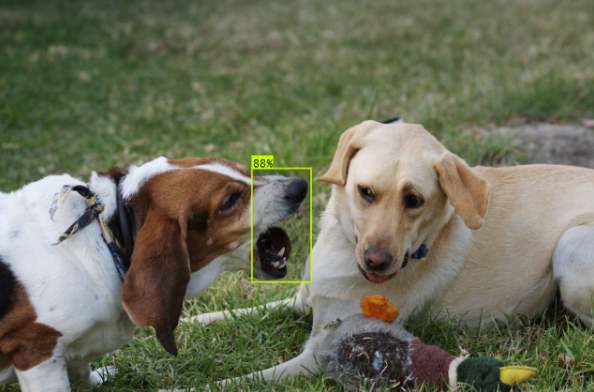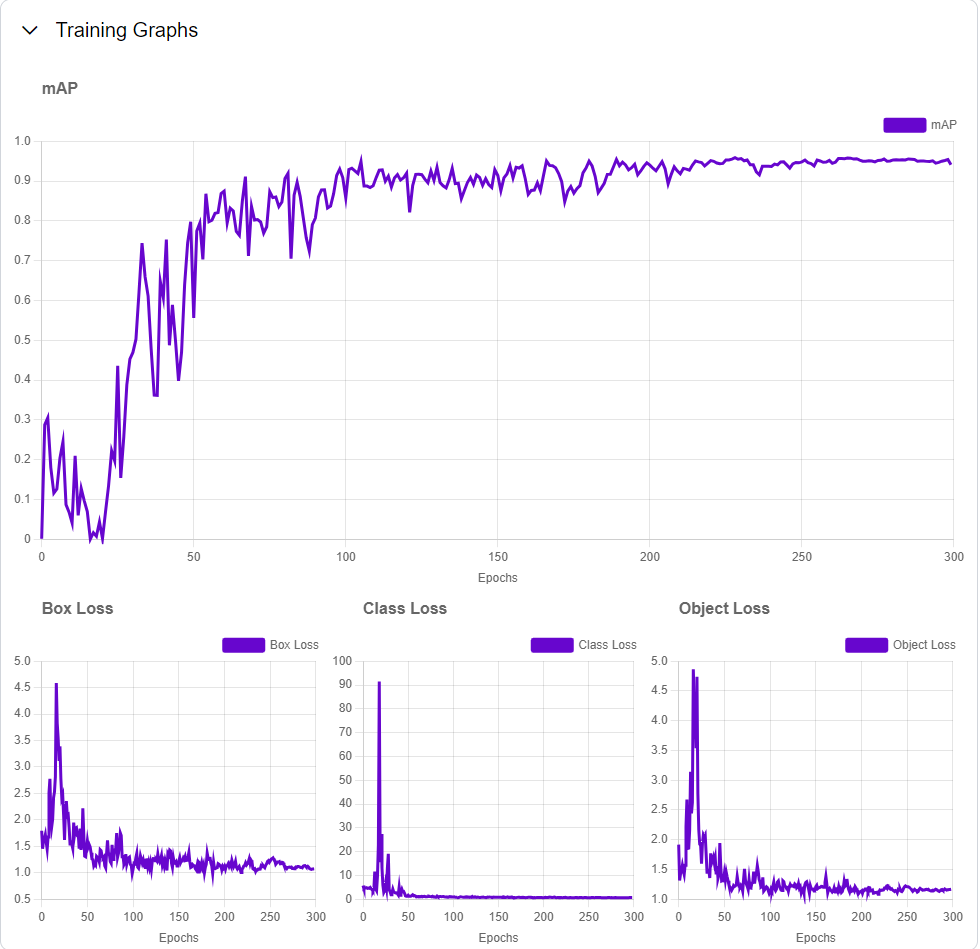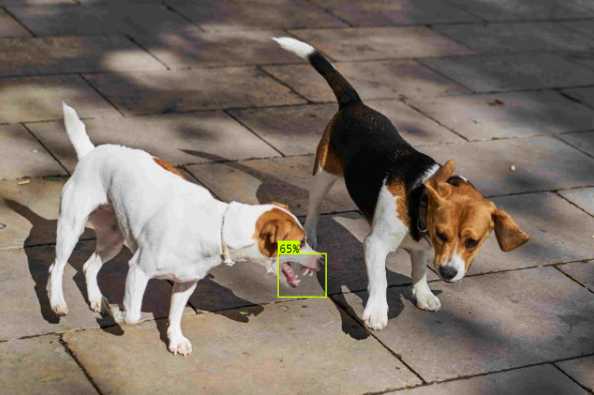
By Saeed Mirshekari
October 22, 2023


Access O'Mentors
Top Data Scientist Mentors from Fortune 500 Companies excited to help you out 1-on-1!
1️⃣ Explore freely
→
2️⃣ Apply confidently
→
3️⃣ Pay securely
→
4️⃣ Book instantly
Introduction
In the vast realm of artificial intelligence, image processing and object detection stand out as captivating fields that beckon enthusiasts and professionals alike. My recent venture into a project on roboflow.com took me on an exciting journey where I trained an object detection model capable of identifying a dog when it growls. In this blog, I'll walk you through the process, share insights gained, and present the model's remarkable performance.
Getting Started with Roboflow
Why Roboflow?
Before diving into the details of the project, discuss why I chose roboflow.com as my platform of choice. Roboflow offers a seamless and user-friendly interface, making it an ideal starting point for those venturing into the world of AI and image processing. The platform simplifies the process of data annotation, model training, and deployment, making it accessible to beginners and experienced developers alike.
Project Overview
Objective
The primary goal of this project was to create an object detection model capable of recognizing and flagging instances where a dog is growling. This not only posed a unique challenge but also showcased the practical applications of AI in identifying specific behaviors within images.
Dataset
A robust dataset is the backbone of any machine learning project. In this case, I curated a dataset comprising over 300 annotated images featuring dogs in various settings, with a focus on capturing the distinct facial expressions associated with growling. The diversity in the dataset was crucial for training a model capable of generalizing across different scenarios.
Training the Model
Data Annotation
Roboflow's annotation tools made the process of labeling images a breeze. I meticulously annotated the dataset, highlighting regions of interest corresponding to the dog's face and specifically marking instances of growling. This step is vital for teaching the model what to look for during the training phase.
Model Configuration
With the annotated dataset in hand, I configured the object detection model parameters. Roboflow simplifies this process, allowing users to choose from various pre-trained models and fine-tune them for specific tasks. I opted for a model architecture that struck a balance between accuracy and speed, given the real-time nature of the detection task.
Training Iterations
Training an AI model is an iterative process. I performed multiple training iterations, adjusting hyperparameters and fine-tuning the model based on its performance on validation sets. Roboflow's intuitive dashboard provided real-time feedback on metrics such as precision, recall, and mAP (mean Average Precision), allowing me to make informed decisions at each step.
Model Performance
Evaluation Metrics
Before delving into the visual results, let's briefly touch upon the evaluation metrics used to assess the model's performance. Precision, recall, and mAP are standard metrics in object detection. Precision measures the accuracy of positive predictions, recall gauges the model's ability to capture all relevant instances, and mAP provides a comprehensive assessment of overall performance.

Visual Results
Now, let's feast our eyes on the model's performance. Below are screenshots showcasing the object detection model in action.


In these images, you can observe the bounding boxes drawn around the dog's face, with a specific focus on the regions associated with growling. The model successfully identifies instances of growling with high precision and recall.
Implications and Future Directions
Practical Applications
The successful implementation of this object detection model opens the door to various practical applications. Beyond the novelty of detecting a growling dog, similar approaches could be extended to identify various animal behaviors or even human expressions. This has potential applications in fields such as security, pet care, and behavior analysis.
Further Enhancements
While the current model performs admirably, there's always room for improvement. Fine-tuning the model with additional diverse datasets and exploring advanced architectures could enhance its robustness. Moreover, incorporating real-time video analysis capabilities could elevate its utility in dynamic environments.
Model Source Access
This model that I have trained is publicly available for any legal use with your own responsibility:
Click Here to Access the Growling Detection Model
Conclusion
Embarking on this journey with roboflow.com has been a rewarding experience. The project not only allowed me to delve into the intricacies of object detection but also showcased the practicality of AI in discerning specific behaviors within images. Whether you're a novice in the AI realm or a seasoned developer, this project serves as a testament to the accessibility and power of AI tools like Roboflow.
As we continue to push the boundaries of what AI can achieve, projects like these exemplify the intersection of creativity, technology, and practicality. The growling dog detection model stands as a testament to the potential of AI in image processing and serves as an inspiring example for anyone looking to dive into the fascinating world of artificial intelligence.

Saeed Mirshekari
Saeed is currently a Director of Data Science in Mastercard and the Founder / Director of OFallon Labs LLC. He is a former research scholar at LIGO team (Physics Nobel Prize of 2017).